10 Things Happy Designers Do (Every Day)
Are you a happy designer? You can be. There are a few habits and tricks that all those grinning designers have in common. And you can do it too.
Working in a happy, healthy environment will help you be more efficient and maybe even a better designer as a whole. There’s nothing like dreading a day at the office to kill productivity and creativity. Try some of these ideas and turn that frown upside down!
1. Find Little Bits of Inspiration
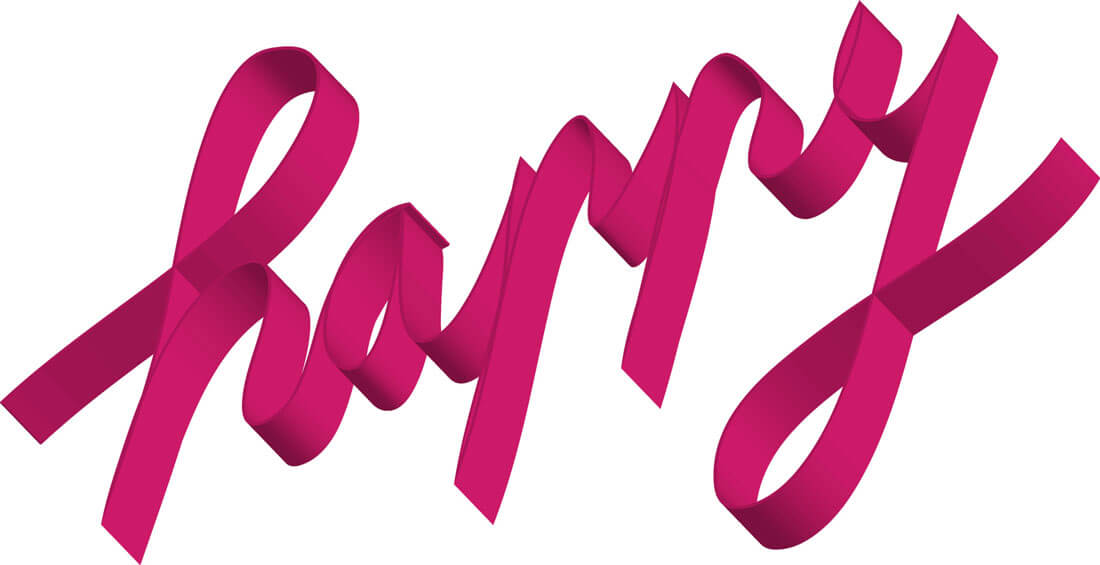
Stop being so critical and look around you for inspiration. Some days it can be a lot easier to find all the bad design out there than the good, but don’t fall into that trap. Make a point of looking for things that will inspire you.
Inspiration does not have to come from other “designed” work. It can come from nature or music or art or practically anything. You just have to take it in and use it to your advantage.
2. Set Boundaries
Happy designers have clearly-defined boundaries with their co-workers, family and even internally. They also make sure those boundaries are well-known and enforced.
Nothing makes you grumpier than a client that’s late to pay or a family member that barges in while you are working, right? The right set of boundaries can keep these annoyances from being so, well, annoying.
It starts with clear ground rules or contract terms (for clients) that outlines where the lines are and what happens if they are crossed. But you have to be ready to charge a late fee, for example, if a client does not pay on time. If you don’t enforce these boundaries, they aren’t really boundaries, are they?
Where it gets a little trickier is in the workplace. But you can set boundaries there too, such as closing the office door when you are in the zone or plugging in headphones. Just make sure your co-workers understand what that means so you can get tasks knocked off your list.
3. Listen To Your Gut
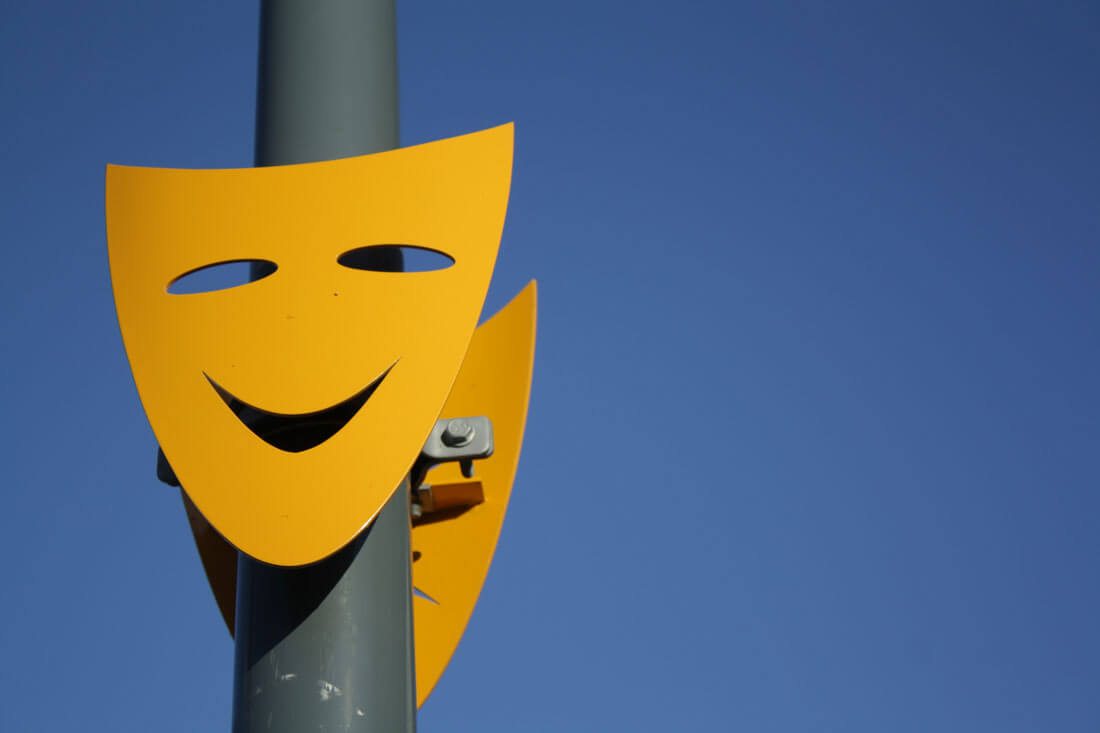
Listen to that little voice in your head. Some design decisions are rooted in hard data or solely on the fact that the client wants it done a certain way, but for those times when constraints don’t exist, go with your gut.
Too often, we talk ourselves out of new or more risky design decisions. But when you have that gut feeling to try something, go for it. You won’t always like the end result, but you will feel good for trying.
The same is true when your gut tells you not to do something (like take on a potentially troublesome client). When you have that bad feeling, listen, evaluate and then make a decision. You know yourself well enough to know why you are second-guessing something.
4. Try Something New
You don’t have to go back to school or spend hours in an online tutorial to try something new. Take a new route to work, put together an outfit you have not work, stop at a different place for coffee.
All of these little things take you outside of your comfort zone and help you experience new things and people. While you might have a moment of anxiety, the benefits are worth it. (And you never know where inspiration will strike!)
5. Say No (And Yes, Too)
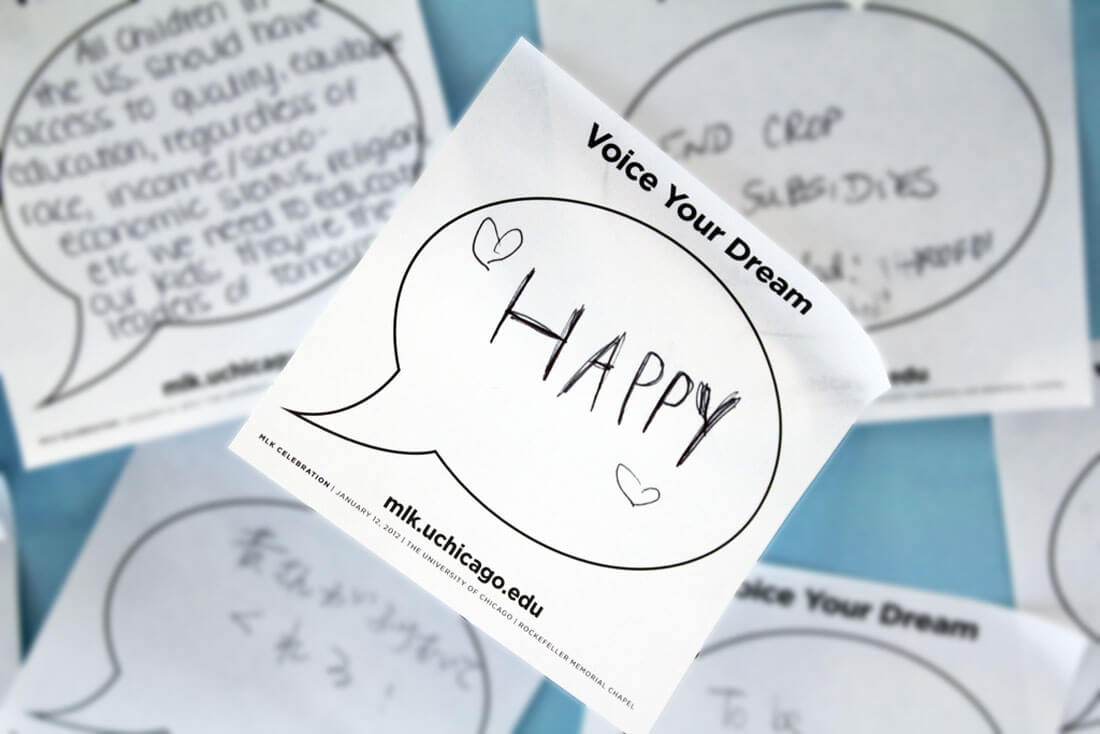
If you are one of those people that says “yes” all the time, practice saying “no.” (The opposite is also true.)
Your day should be a mix of yes and no answers.
Why does this help? Because you will better train yourself to stop, listen and evaluate requests before answering the question. You’ll weight options and think about whether you have the time or skills to perform the requested task. (And not filling your plate with too much work or things that stress you out will definitely make you happier.)
6. “Live” in the Details
Spend a few minutes diving into the nitty gritty of whatever project you are working on. Get wrapped up in the details.
Looking at something on this micro level can give you a new appreciation for the work, help you see things from another perspective and be a better team member. You should find something like this to work on each day, even if it is only for a short time.
7. Voice a Professional Opinion
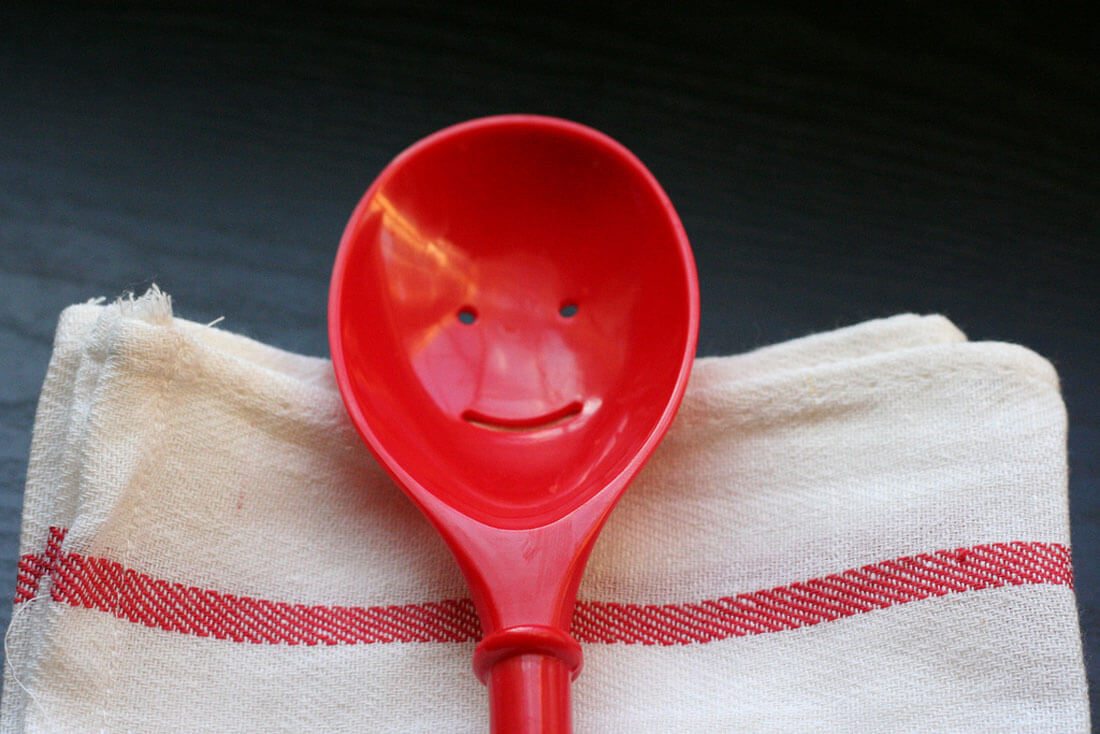
Those without a voice are often the unhappiest in the workplace. Make sure to have a professional opinion when it comes to matters in your area of specialty; when those conversations come up, you need to speak.
The worst thing you can do it sit and dwell on things that bother you. If a design is not working, why is that? Talk it out with the team, explain it from a design standpoint and offer a solution for improvement.
You will feel more in control of projects and hopefully create something better in the end.
8. Appreciate the Work of Others
Engage. Network. Appreciate the work of your peers. And tell them about it.
Whether it is online or in person, get involved in the design community and have discussions about the field. For freelancers that work alone to designers at large agencies, engaging in the creative community is a good way to feel like you are a part of something larger. It’s also a good way to expose yourself to new opportunities, people and ideas about design.
9. Work on a Side Project
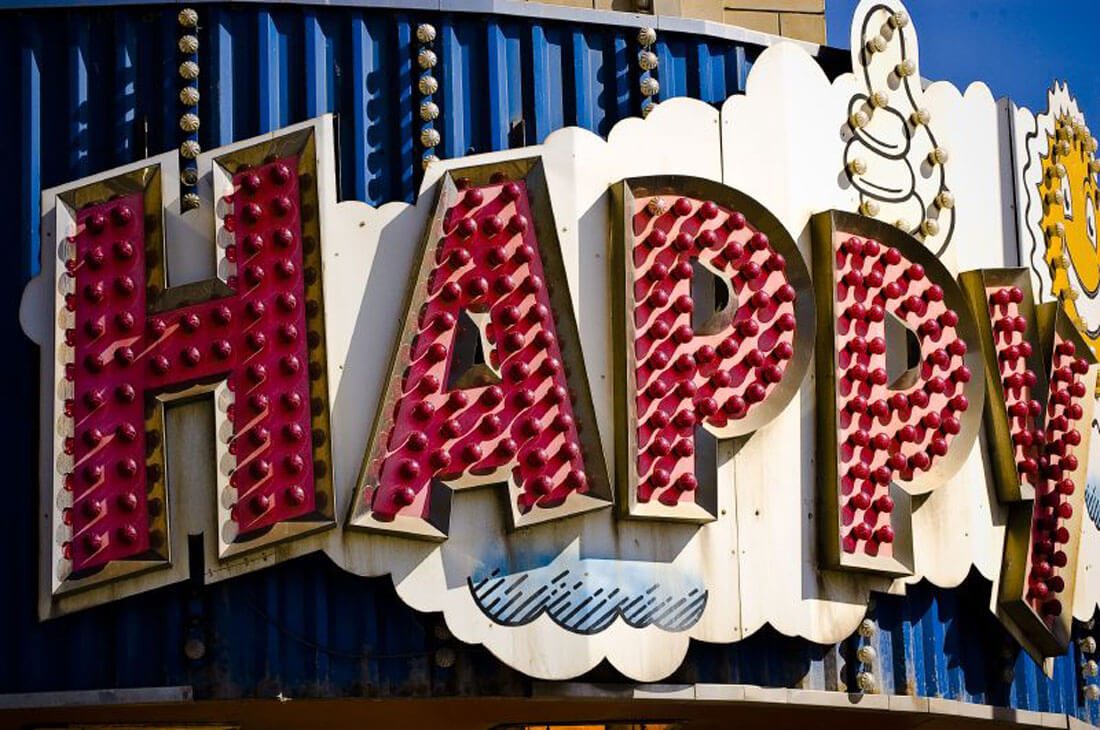
Devote a few minutes each day to something that just makes you happy. It can be anything, but it should be a project that you want to work on.
Design hobbies are a good way to keep your mind and design skills fresh. And the best part is, you don’t have to show this work to anyone, so it can be good – or bad – and it does not matter.
So go sketch a tree, write a poem, or whatever it is that makes you happy. Put it in your calendar if you must, but make sure you spend a few minutes each day on yourself.
10. Smile at Success
This is the one we forget all too often: Smile and celebrate success.
Hold on to your wins and make a point to remember them: put a memento on your desk, update your resume with an award or just share a quick brag with a friend.
Conclusion
A happy designer is a good designer. (OK, that might not be 100 percent true, but it has got to help.)
You have control of your work life and design career. Won’t you feel more successful and motivated it you are happy? Do you have other tips for creating this happy design environment? I’d love to know about them. Share them with me on Twitter.
Image Sources: John Orie, Blondinrikard Froberg, Quinn Dombrowski, missmoney and Paul.